
5
Results for t shirt market
Dive into the vibrant world of the t-shirt market, a dynamic segment that continues to captivate consumers and entrepreneurs alike. The t-shirt market is not just about shirts; it's about a culture of self-expression, creativity, and fashion. With the increasing demand for unique and personalized clothing, the t-shirt market is booming, offering endless opportunities for brands and individuals to tap into this ever-evolving trend.
Whether you're a seasoned retailer or a budding entrepreneur looking to break into the market, the t-shirt market is ripe with potential. The key to success in this sector lies in understanding your target audience and delivering products that resonate with them. From streetwear to casual wear, the t-shirt market caters to diverse tastes and preferences, ensuring there's something for everyone.
The rise of digital platforms has also significantly impacted the t-shirt market, making it easier than ever to reach a global audience. E-commerce has revolutionized the way businesses operate, allowing for streamlined inventory management, faster turnaround times, and improved customer service. By leveraging these tools, you can tap into the growing online market and increase your sales.
Innovation is at the heart of the t-shirt market. From sustainable materials to bold designs, the latest trends are pushing the boundaries of what's possible. As consumers become more conscious of their environmental impact, eco-friendly t-shirts are gaining popularity. Brands that incorporate sustainable practices are likely to see an increase in customer loyalty and sales.
The t-shirt market isn't just about selling clothing; it's about creating a brand identity. Establishing a unique brand story and aesthetic can set your business apart from the competition. Whether you focus on comfort, style, or social messaging, your brand’s identity should reflect your values and resonate with your audience.
Moreover, the t-shirt market is highly competitive, so standing out is crucial. Collaborations with influencers and artists can help you gain visibility and credibility. These partnerships not only attract new customers but also provide opportunities for cross-promotion and exposure.
The t-shirt market is also embracing the power of social media. Platforms like Instagram and TikTok are ideal for showcasing your products and engaging with your audience. By creating compelling content and leveraging trending hashtags, you can increase your brand's reach and engagement.
Lastly, the t-shirt market is not static; it's constantly evolving. Keeping up with the latest trends, consumer preferences, and technological advancements is essential for staying ahead. Attend industry events, stay informed about the latest research, and continuously adapt your strategies to meet the changing demands of the market.
Whether you're a small startup or a well-established brand, the t-shirt market offers a wealth of opportunities. With a focus on innovation, sustainability, and customer engagement, you can thrive in this dynamic and exciting sector. Embrace the trends, stay adaptable, and watch your business grow within the thriving t-shirt market.
Hot Deals: Trendy T-Shirts For Men & Women - Fashionable, Affordable, Free Shipping On AliExpress!
The t-shirt market is a vibrant and dynamic segment within the fashion industry, continuously evolving with the changing tastes and demands of consumers. Whether you're a seasoned entrepreneur or just starting out, understanding the trends, challenges, and opportunities in the t-shirt market is crucial for success.
Understanding the T-Shirt Market
The t-shirt market is vast and diverse, encompassing a wide range of styles, materials, and designs. From basic cotton t-shirts to graphic tees, there’s a t-shirt for every occasion and every individual. The market is segmented based on various factors such as fabric type, design, color, and target audience. Understanding these segments is key to tapping into the right customer base.
One of the most significant trends in the t-shirt market is the rise of sustainable and eco-friendly products. Consumers are increasingly conscious of the environmental impact of their purchases, and companies that prioritize sustainability are often rewarded with loyal customer bases. Organic cotton, recycled fabrics, and biodegradable inks are just a few examples of sustainable practices that have gained traction.
Market Analysis
According to recent reports, the global t-shirt market size is projected to reach \$42 billion by 2028, growing at a CAGR of 3.9%. This growth can be attributed to several factors, including increasing consumer demand for casual wear, the popularity of streetwear, and the rise of e-commerce platforms that have made it easier for consumers to purchase t-shirts from anywhere in the world.
The market is also characterized by high competition, with numerous players vying for a slice of the pie. Established brands like H&M, Uniqlo, and Zara have a strong presence, but there’s also a growing number of niche brands and independent designers who are carving out their own niches. This competition drives innovation and quality, ensuring that consumers have a wide range of options to choose from.
Trends in the T-Shirt Market
Several trends are shaping the t-shirt market today. One of the most significant is the shift towards personalized and custom t-shirts. Consumers are looking for unique and personalized items that reflect their individuality, and this trend is driving demand for custom printing services. Online platforms like Teespring and Printful have made it easier than ever for businesses to offer custom options.
Another trend is the rise of athleisure, which has blurred the lines between activewear and casual wear. T-shirts are no longer just a casual item but are increasingly seen as part of a complete athletic outfit. Brands are responding by creating more comfortable, moisture-wicking, and versatile t-shirts that cater to both casual and athletic needs.
Niche Markets and Opportunities
While the general t-shirt market is large and diverse, there are several niche markets that present unique opportunities. These include:
- Athletic and Performance Wear: T-shirts made from high-quality, moisture-wicking fabrics that are comfortable and breathable.
- Unisex and Gender-Neutral Clothing: A growing number of consumers prefer unisex clothing, and t-shirts are no exception. Brands that cater to this market are seeing increased demand.
- Sustainable and Ethical Fashion: As consumers become more environmentally conscious, there is a growing demand for sustainable and ethically produced t-shirts.
- Branded and Promotional T-Shirts: These are popular for corporate events, trade shows, and promotional campaigns, making them a lucrative market for businesses.
Marketing Strategies for Success
To succeed in the t-shirt market, businesses need to employ effective marketing strategies. Social media platforms like Instagram, TikTok, and Facebook are invaluable tools for reaching and engaging with customers. Influencer marketing, particularly on platforms like Instagram and YouTube, can be particularly effective in promoting t-shirts to a wider audience.
Content marketing, such as blog posts, videos, and social media posts, can help establish a brand’s authority and provide valuable information to potential customers. Educational content on topics like sustainable fashion, the importance of comfortable materials, and the history of t-shirts can build trust and loyalty among consumers.
Conclusion
The t-shirt market is a dynamic and exciting space with immense potential. By understanding the market trends, consumer demands, and leveraging effective marketing strategies, businesses can thrive in this competitive landscape. Whether you’re focused on sustainability, customization, or niche markets, there are numerous opportunities to make a mark in the t-shirt market. Stay informed, innovate, and stay connected with your customers to ensure success.
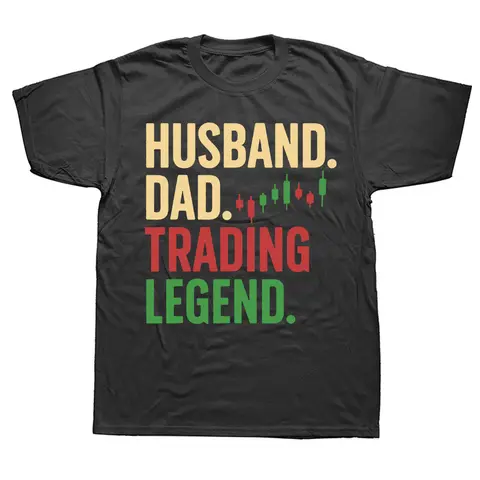


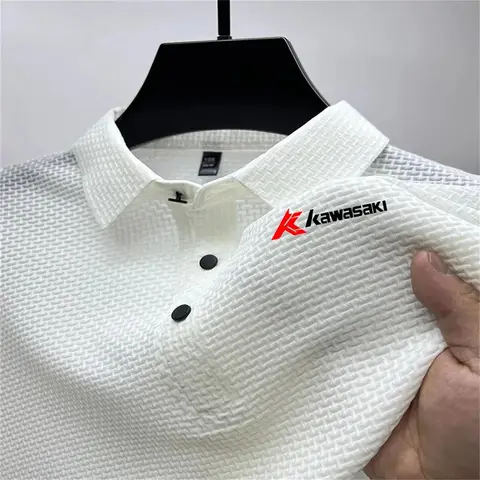

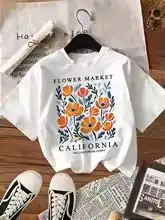


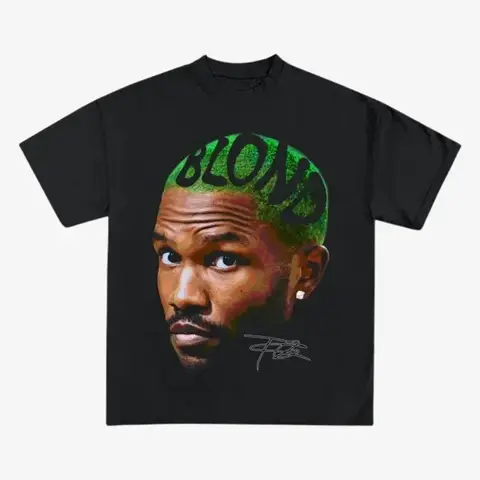

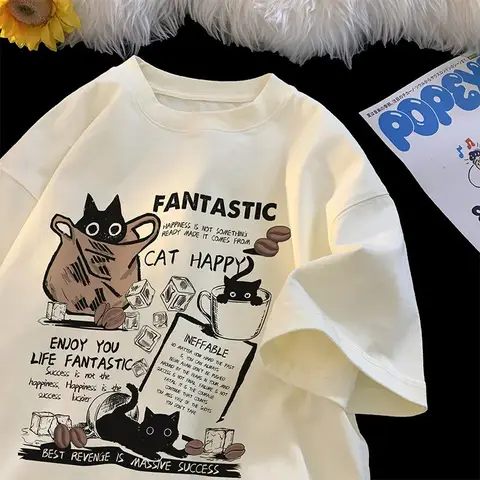
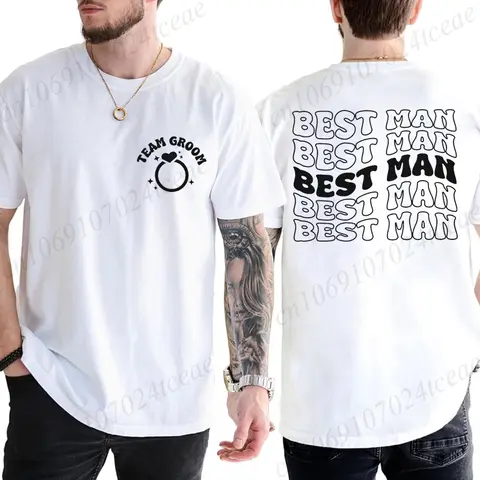

 浙公网安备 33010802002248号
浙公网安备 33010802002248号